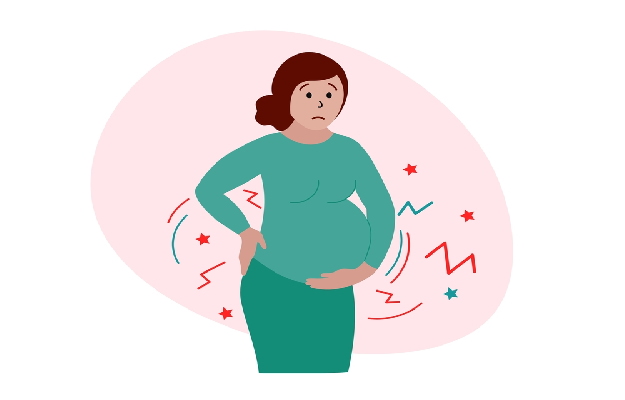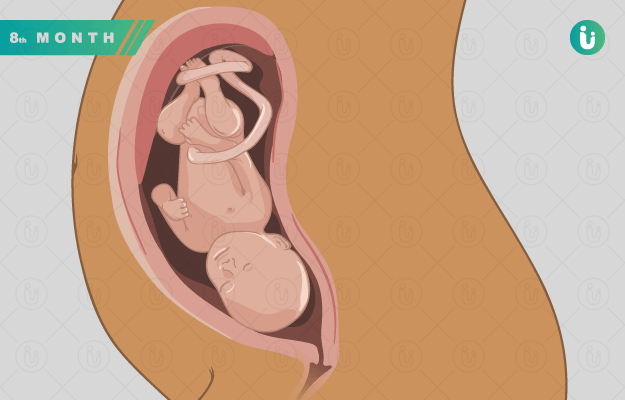Pain is a part of life, and it’s never more true than during pregnancy. Carrying your little bundle of joy in your womb for nine months is as wonderful an experience as motherhood is, but no woman who has experienced pregnancy can deny that pain is an integral part of this experience too.
From sore and tender breasts and round ligament pain to contractions during pregnancy and labour pain - pregnant women endure a lot of discomfort with a lot of grit during their gestation period. Back pain might seem like just one of the types of pain pregnant women experience. In fact, according to a study published in Anesthesia Essays and Researches in 2019, about 25-90% of women experience pregnancy-related lower back pain that starts anytime between the 20th week of pregnancy and the 28th week of pregnancy.
But when it’s caused by the compression of the sciatic nerve, the back pain pregnant women experience can get unbearable. The sciatic nerve is the largest nerve in the human body and is formed by the union of five nerve roots originating in the lower spine. This nerve connects the spinal cord with the skin and muscles of the thigh, leg and feet, and runs right through the buttocks from under the uterus.
Read more: Avoid these habits to ensure a safe and healthy pregnancy
It is, therefore, in the prime location to get compressed as your uterus grows during pregnancy. The worst part is that your uterus will keep growing throughout the pregnancy to accommodate the growing baby, which means that the compression on the sciatic nerve will also keep increasing. The good news is that you might get relief from this pain soon after your baby is born and your uterus goes back to its normal size. During pregnancy, however, you can do a number of things to manage this sciatica pain.















































